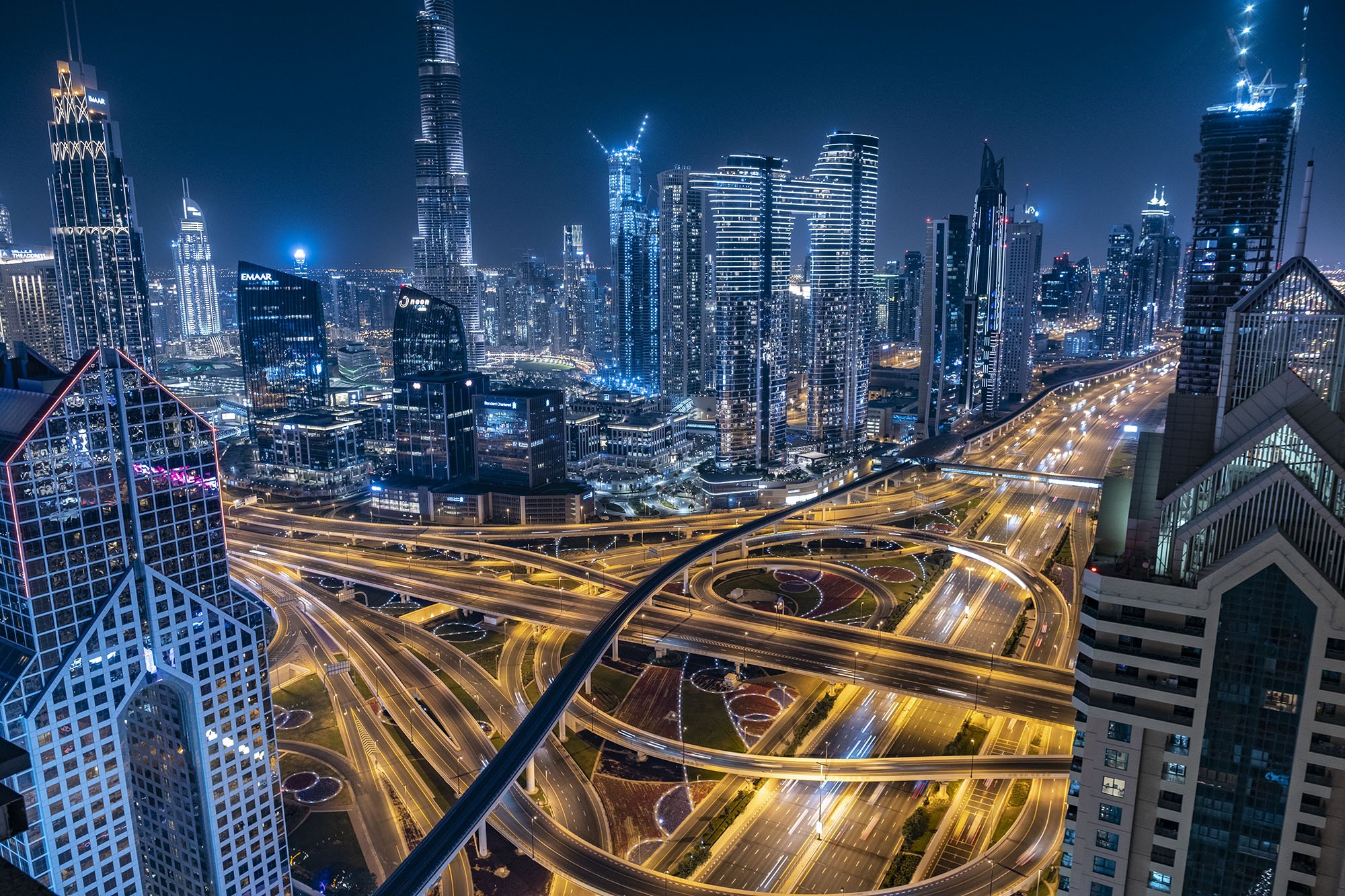IS SHOOTING ARCHITECTURE FUN?
With the right subject, the right gear and skills, shooting architecture can be rewarding!
On the 18th December in Dubai, 20 photography students gathered at the Etihad Museum in Dubai for an architecutral photography workshop led by an Dany Eid, my fellow Fujifilm X-Photographer and myself. The workshop was organized by Fujifilm Middle East who provided a range of GFX cameras and GF lenses for the students. For many, this was their first experience with the medium format cameras.
As they arrived, the students were greeted by the stunning architecture of the museum, which features a sleek and modern design with clean lines and expansive windows. The group spent the first part of the workshop exploring the iconic building, both inside and out, taking advantage of the diverse range of photo opportunities that this unconventionally designed museum offered.
Inside, the students were able to photograph the impressive entrance lobby featuring a double-height atrium with its slanted, towering columns, imposing interior elements and sweeping curves.
Outside, the students had the chance to photograph the museum's distinct looking roof inspired by a folded sheet of paper and its surroundings, including its landscaped gardens and the bustling cityscape of Dubai in the background. They were able to experiment with different angles, lighting, and compositions to capture the beauty of the museum in their own unique way. Dany and I guided them each step, answering their questions, helping them find the most interesting angles and assisted them with the equipment and camera settings.
After the photo shoot, the group retreated to the classroom in the basement of Etihad Museum for a lesson on basic image post-processing techniques. We covered topics such as adjusting exposure, color correction, perspective correction, retouching, and demonstrated how to use various software tools to achieve the desired results.
The students were eager to learn and put their newfound skills to the test, practicing on their own photographs from the workshop. They were able to see firsthand how post-processing could enhance the overall look and feel of their images, and learned how to use these techniques to better communicate their vision as photographers.
Overall, it was a productive and informative day for the photography students, who left the workshop with a deeper understanding of both the technical and creative aspects of photography. The Etihad Museum provided a beautiful and inspiring setting for the workshop, and the students were able to take advantage of all that it had to offer to create some truly striking photographs.
Here’s my selection of the most interesting shots of the Etihad Museum I took during the 3 hour workshop
If you’re interested in attending one of my workshops, please subscribe to my mailing list to keep updated with my calendar of activities and don’t forget to say hi in the comment section!



















